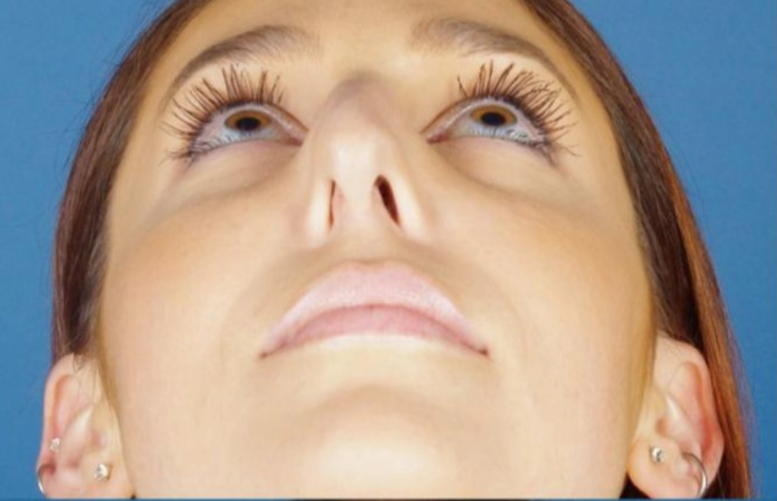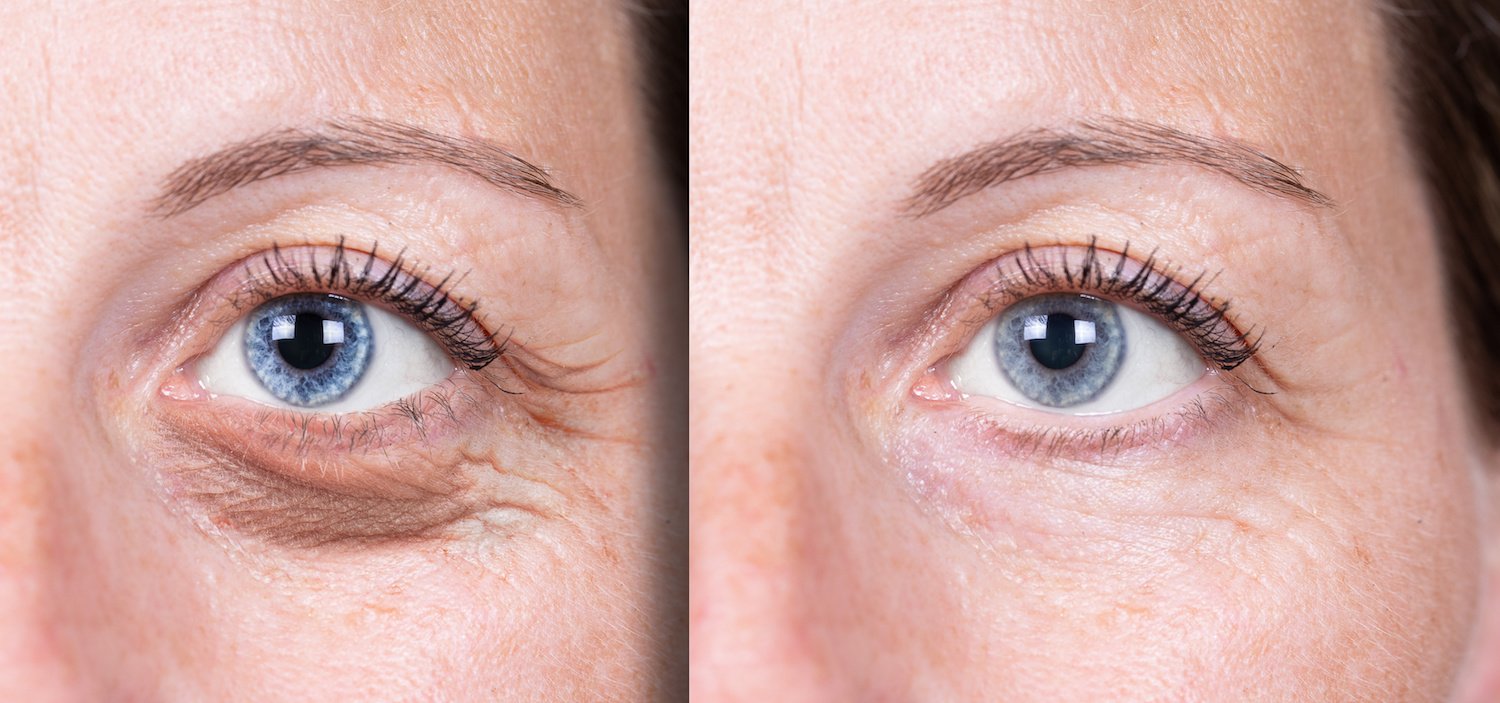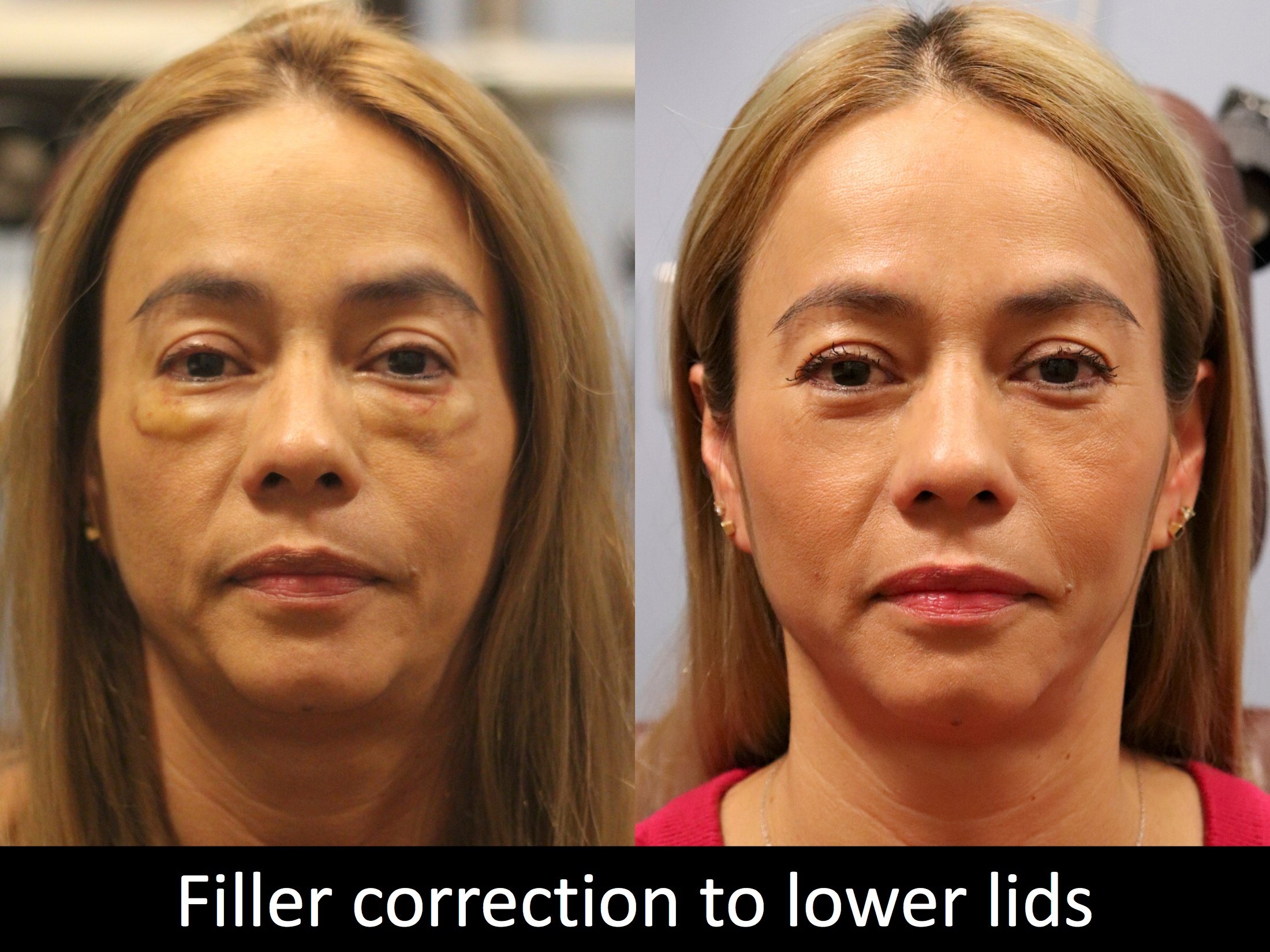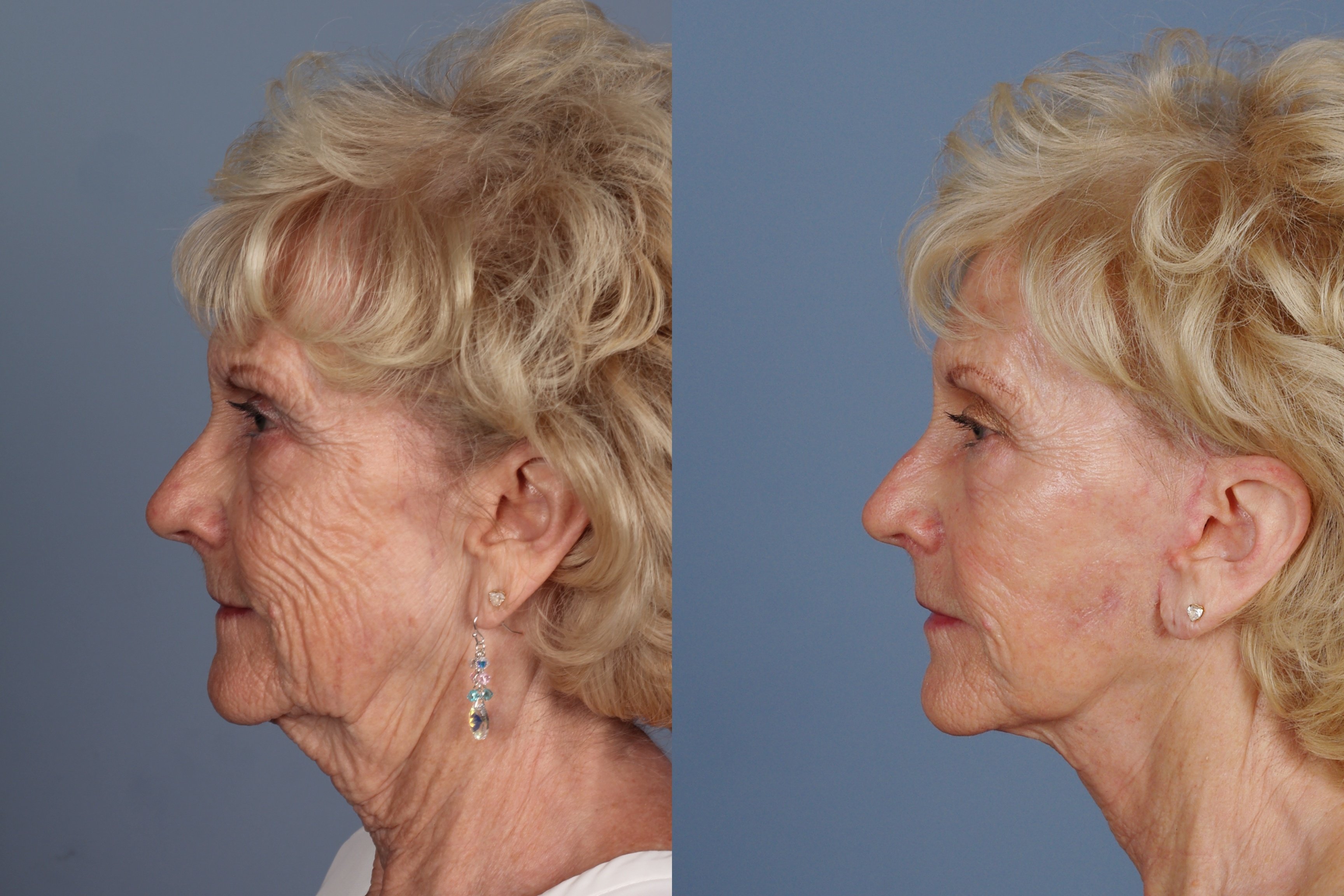Do you hear that? Statistically, 60% of men over 40 snore. Up to 30% of women over 40 snore. It’s the noisy stuff marriage counseling is made of. The problem with snoring is that it generally doesn’t bother the sleeper. Often patients come in for treatment because their significant other can’t stand the snoring anymore. Frankly, it’s not unusual for patients to claim that they’re seeking treatment to try to save their marriage.
Snoring is caused by the narrowing of air flow in the back of the throat. A generous-sized soft palate is the most common culprit causing snoring, a vibrating soft palate. As one sleeps, the palate slackens toward the back of the throat interrupting the air as it passes behind it.
It can be worsened by the tongue falling back or when allergies act up. And snoring can be aggravated by weight gain. In the worst case, snoring can become so bad that it obstructs breathing—a condition called obstructive sleep apnea.
Tonsillitis causing large tonsils can be a factor in snoring. Kids who snore often suffer from tonsillitis; they may recover from tonsillitis, but their tonsils remain enlarged. Most kids, however, grow out of snoring. Normally healthy tonsils diminish in size as children mature into adults.
Treatment for snoring starts with controlling nasal congestion and sleep patterns. Exercise, weight loss or laser surgery to stiffen or shorten the soft palate area of one’s upper back palate can also be prescribed.
Allergies to feather pillows or feather bedding can cause nasal congestion. Start by changing your bedding to poly fill. Eliminate any pets from getting on your bed; their dander can cause allergic reactions. Consult your physician about other allergies that could be leaving you congested.
Relearning sleep patterns is the next step in treatment. To avoid sleeping flat on your back (the position that allows the deepest snoring) tape a tennis ball to your back. The ball is uncomfortable when the sleeper tries to roll over to the flat position and should cause the sleeper to shift back to a side sleeping position to diminish snoring. But even with a tennis ball taped to their backs, some deep sleepers return to the flat position and snore their way through the night.
Another technique to control sleep patters is to elevate the head by propping up pillows to lay your head on.
If you’re overweight, exercise and ultimately weight loss can reduce the tendency to snore.
If none of the above solves the problem simple laser surgery is used to reduce the size of the soft palate, causing what remains of the palate to stiffen somewhat, which diminishes the vibration and reduces snoring. Surgery doesn’t cure snoring completely, but it reduces snoring enough so that it won’t bother your spouse anymore. Recovery is usually seven to 10 days, and because the throat is tender after surgery, patients usually report losing five to 10 pounds in that time. A bonus if that’s one of your ancillary goals.
The bad news is that most insurance companies won’t cover treatment or surgery for snoring unless the patient suffers from sleep apnea. But the good news is that it is possible to restore quiet to your nocturnal hours.
Jeffrey Raval, MD is a graduate of the University of Michigan Medical School and did his residency and internship at the Department of Otolaryngology at Washington University Barnes Jewish Hospital. He completed his fellowship in Facial Plastic and Reconstructive Surgery in the Department of Otolaryngology, is double board certified by the American Board of Facial Plastic Surgery and Otolaryngology/Head and Neck Surgery. He is Section Head of Otolaryngology at Swedish Hospital in Englewood and maintains his practices – Raval Facial Aesthetics and Rocky Mountain Laser Aesthetics – in Denver’s Cherry Creek North District.
- Acne
- Botox/Dermal Fillers
- Browlift
- Chemical Peels
- Chin Augmentation
- Consultation
- Denver Facial Plastic Surgeon
- Deviated Septum
- Eyelid Procedures
- Facelifts/Necklifts
- Headaches/Excessive Sweating
- Healthy Living
- Laser Hair Removal
- Laser Treatments
- Latisse
- MedSpa
- Memberships
- Microdermabrasion
- Nasal Valve Collapse
- Non-Surgical Procedures
- Rhinoplasty
- Skin Care
- Thread Lifts
- Wrinkle Treatments






.jpeg)






